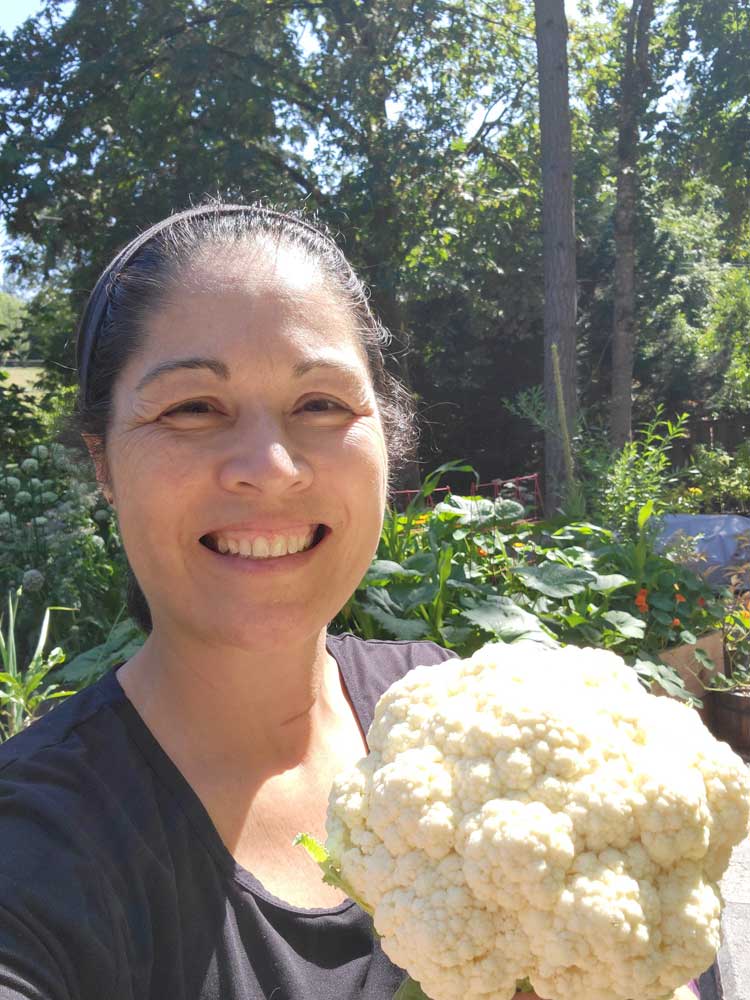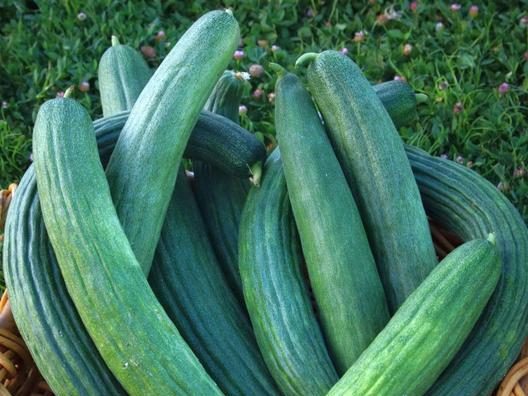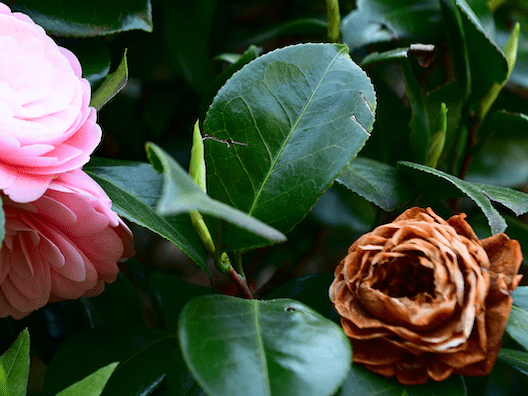About Cauliflower
Visions of Peter Rabbit and Mr. McGregor’s garden come to mind when we envision cauliflower growing in our gardens. Nice, orderly rows grow just outside McGregor’s cottage, giving the impression that this is an easy crop to grow. Though cauliflower is a quintessential cool season vegetable, it is a little harder to grow than its cabbage and broccoli relatives. As McGregor showed, it is not impossible, and may give you a bit of a healthy challenge to stretch your gardening muscles.
Cauliflower flourishes in temperatures around 60°F. If it falls significantly below this range, the plant’s survival is at risk. Conversely, exceeding this temperature can lead to “buttoning,” where the head divides into small, white florets like little buttons, instead of forming a solid, desirable head. To circumvent these issues, it’s advisable to start cauliflower seeds indoors very early in spring and then transplant them outdoors once conditions are favorable.
When to Plant Cauliflower Seeds
For optimal results, begin planting cauliflower seeds indoors about four to seven weeks prior to the expected last frost date. If your region experiences short springs with rapid temperature rises, lean towards the longer end of this spectrum, aiming for closer to seven weeks. If you live in the warmer zones, you could start as early as January. Plant the seeds in rich soil, burying them about half an inch deep, and water thoroughly. To aid germination, cover the soil with plastic wrap until the seeds sprout, typically within eight to ten days. Cauliflower, like other cole crops, needs cool air and cool soil to germinate. Once seedlings emerge, remove the plastic and maintain consistent soil moisture. Position grow lights or fluorescent lamps directly above the seedlings, setting them on a timer for 14 to 16 hours daily. Maintain the lights a few inches above the plants to prevent them from becoming too leggy.
Where to Plant Cauliflower Seeds
Cauliflowers like full-sun locations with nutrient-rich soil with good drainage. Raised beds offer this, or choose an area of your garden with plenty of room and augment your soil. A soil pH between 6.5 and 6.8 is preferred. Make sure the location receives at least six hours of direct sunlight in order to give your cauliflower plants the energy to form large heads. If warmer temperatures are expected, you may need to shield your plants with some afternoon shade. Remember, cauliflower likes it nice and cool.
How to Plant Cauliflower Seeds
If you started your cauliflower seedlings inside, they will need to be hardened off before being planted outside full-time. After about a week of the hardening off process, plant your seedlings deep enough for the soil to reach up to the first set of true leaves. Space them 18 to 24 inches apart with room to walk between the plants if planting in rows. Water your plants about one inch of water per week.
While they are growing, cauliflower benefits from added fertilizer. Nitrogen is good for forming nice, large leaves. Once you see the flower head forming, halt the use of nitrogen and switch to a fertilizer that promotes flowering. Cauliflower heads are essentially bundles of unopened flower buds collected before blooming.
How to Harvest Cauliflower
Cauliflowers are ready to harvest in about 80 days. In the cool morning hours, cut the heads off with a large knife when the heads are firm and compact. Unfortunately, cauliflower does not continue to produce smaller heads like broccoli, so you can cut out the remainder of the plant and add it to your compost. A cauliflower head can be stored in the refrigerator for up to five days.



